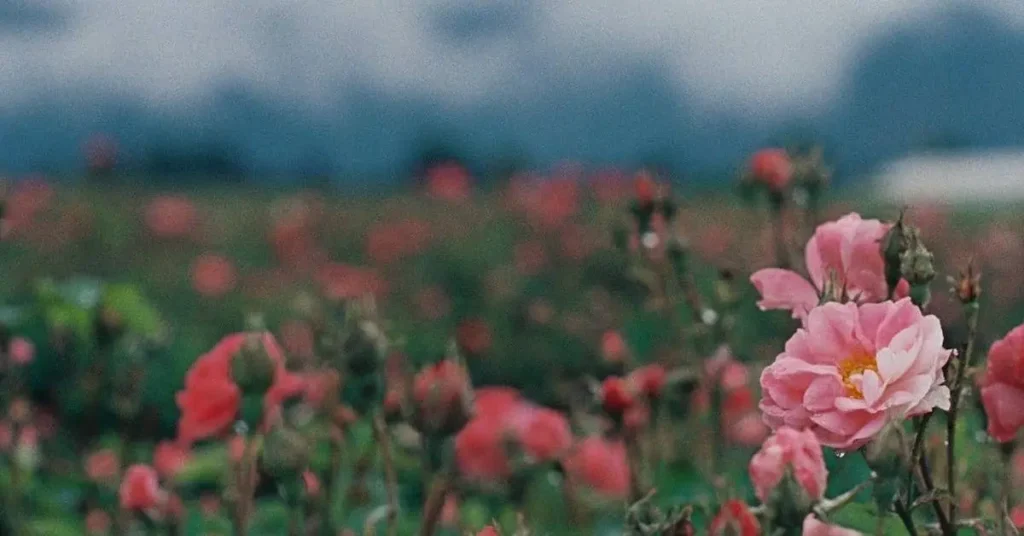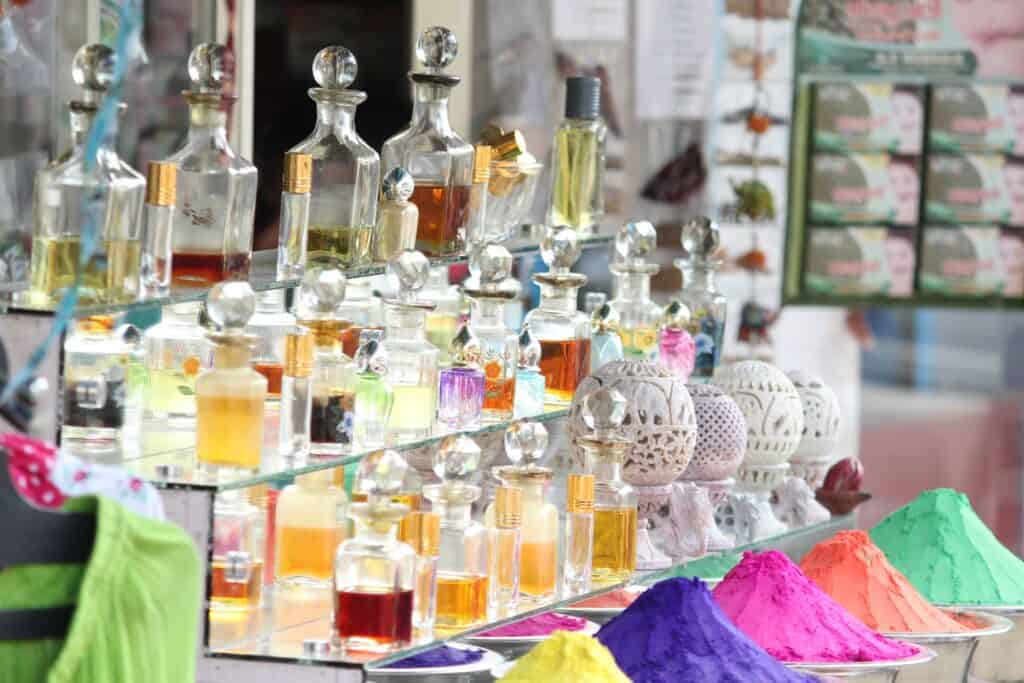We generally think that it’s the flowers that give us floral notes, and fruits give us fruity notes. But perfume can be made using different parts of the plant.
Take a look at these parts of plants or trees that give us scents.
- Seeds
Seeds are one part of the plant that can be used for extracting essential oils. But seeds from all plants are not significant in perfumery. Some of the known seeds that are important are tonka beans, almonds, coffee, ambrette, etc.
Coumarin is a molecule found in tonka beans which gives off a scent similar to almond but can also smell like many other scents for which it is known as a multifaceted scent. This molecule can give off scents like vanilla, tobacco, woody, pistachio, etc. Apart from serving as a fragrance or scent in perfumes, hand soaps, and body lotions, coumarin also acts as a fragrance enhancer, and as a stabilizer.
Ambrette is another plant whose seeds can be used to create perfumes, and considering it gives off a scent like musk, it has significant importance in the perfumery industry.
- Roots
The popularly known perfume ingredient we get from the Poaceae family, which is from the grass family, is vetiver. Found in some parts of India, and also Haiti, vetiver is a popular and highly in-demand note in perfumery and has a complicated olfactory profile. Due to its complicated scent profile, there are hardly any satisfactory synthetic alternatives to natural-smelling vetiver. Without a doubt, vetiver is an expensive ingredient, at least 8 times that of patchouli oil. Vetiver roots hold their scent.
Apart from vetiver, even iris notes in perfumery are derived from its roots more than its flower, and hence iris is hardly a floral note. This gives a powdery note to the fragrances. The rhizome or the root of this plant is dried for several months before extracting the powdery scent from it.
- Flower
From roses to lilies, and from jasmine to gardenia, perfumes with floral notes are very common. And floral notes in perfumes are common too. Flowers have given scent to us for thousands of years.
At least three countries provide natural jasmine essential oils including France, India and China. And you cannot talk about roses in perfumery if you don’t mention countries like India, Persia, Turkey and Morocco.
Due to their beauty and scent, flowers have also been a source of scent during the earliest religions and rituals.
- Fruit
We have a lot of fruity fragrances, and most often these are synthetically created because natural fruits are not easy to extract from. While the actual fruit definitely gives us the scent, sometimes the scent is also available in the rind of the fruit. An orange is a good example of this, or any other citrus fruit. You press the peel, and you get a scent that is a little different from the whole fruit itself.
- Woody Stem
The woody parts of some plants are equally important in the world of perfumery as sandalwood, agarwood and cedarwood have been some of the most loved notes in perfumery.
But apart from the modern perfumery world, this scent has been significant in the whole history of perfumery. This scent also plays a significant role in religions and any other sacred aspects.
Sandalwood is so valuable in India that there are said to be mafia groups that organize stealing of these and kill farmers if they dare protect their cultivation.
- Bark
There cannot be a perfumer lover who doesn’t know what I’m going to talk about at this point.
Cinnamon is another note in perfumes that is highly loved by spicy fragrance lovers, and it is mostly derived from the bark of some tree species of the genus Cinnamomum. Apart from the bark, the leaves give off the same scent too.
This is also another ingredient that is heavily important in the world of perfumery as it was important for the Egyptians to embalm their mummies.


